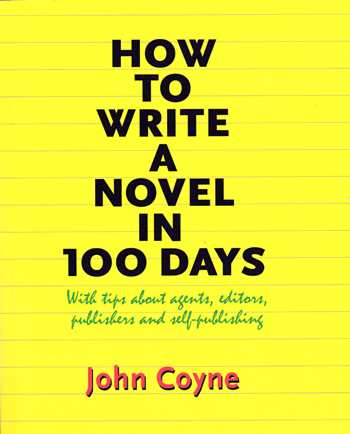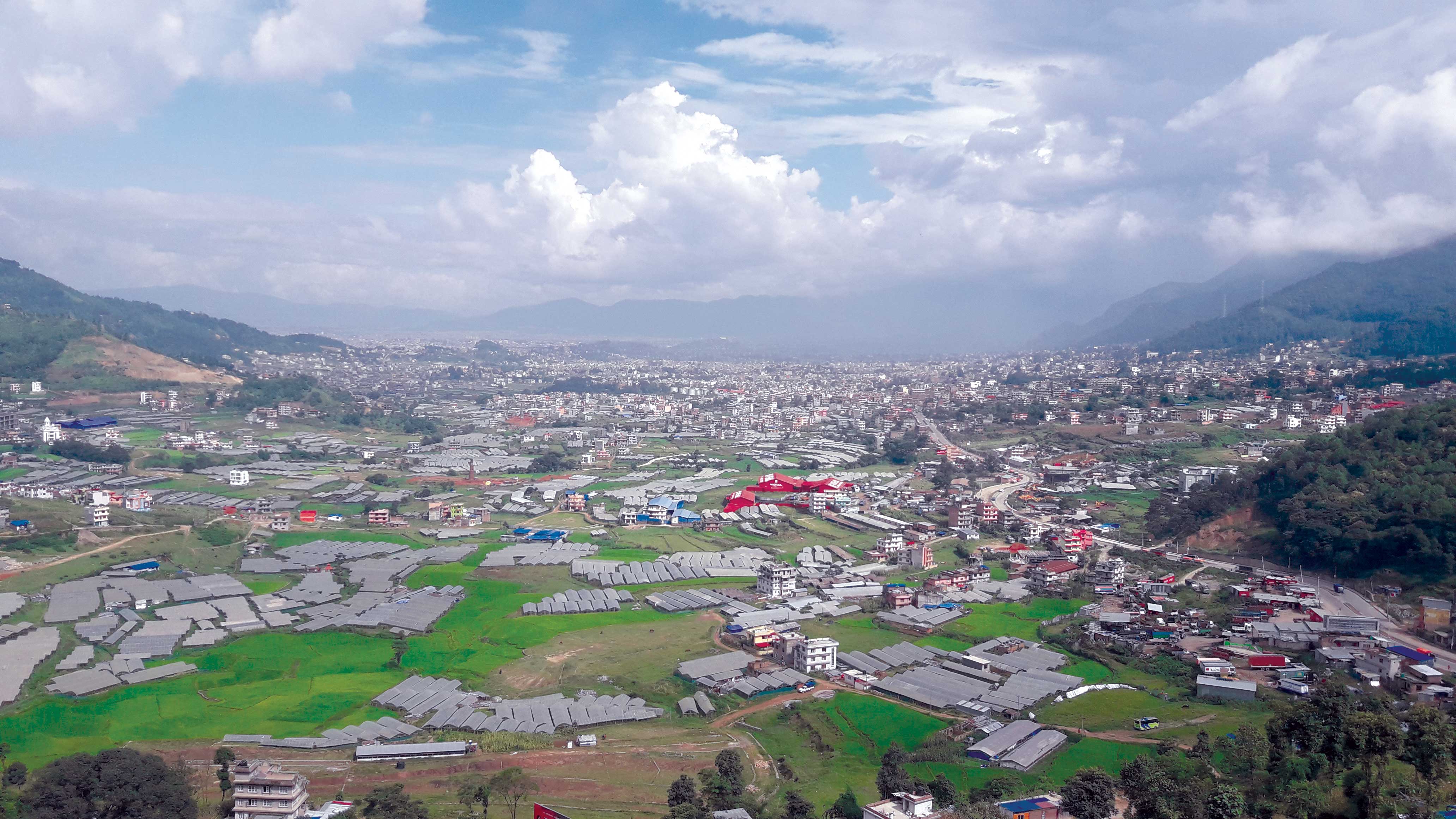John Coyne knows books. He’s written nonfiction, collections, instructionals and prize-winning novels about sports, historical fiction, mystery, horror and romance. As a writing teacher and mentor, John is well qualified to write a book about writing a book. John’s ‘How to Write a Novel in 100 Days’ is a gem.
 Not a novelist? That’s okay, for much of his advice also works for writing articles, essays, and other creations. And if that’s not your suit, he’s written many fine books on golf!
Not a novelist? That’s okay, for much of his advice also works for writing articles, essays, and other creations. And if that’s not your suit, he’s written many fine books on golf!
John’s novel writing book has these parts: Beginning (Days 1-12), Characters (13-22), Plot (23-39), Details (40-60), First Edit (61-88), and Preparing to Sell Your Novel (89-100), and a section on Resources. Each day’s activities proceed in two easy steps on two pages (plus the day’s writing assignment). His guidelines are useful, encouraging and succinct. Especially succinct: “Simplify, simplify,” he says, following sage advice given in William Zinsser’s book ‘On Writing Well’.
Here’s a glimpse inside. On Day 1 John says, “Set a goal for yourself to write four pages a day.” At 250 words a page, that’s 1,000 words. Of course you can write more, but don’t write less. In 60 days you will have completed a book 240 pages long. During the last 40 days you edit, revise, and sell your masterpiece. Go for it!
Most instructions are short (the longest is around 250 words). The shortest is on Day 76, during your First Edit; simply “Start on page one and delete one adjective or adverb from every paragraph in the book.” His quote that day is by novelist Stephen King who said: “The road to hell is paved with adverbs.” Cut, cut, cut.
Day 13: Characters – “You can never know enough about your characters,” wrote W. Somerset Maugham. John says that “every character must have a reason for being. If they do not, they will slow the book down and, worst of all, bore the reader.” He suggests: “Get a batch of 4”x6” index cards and write each character’s name at the top of a card... Next, think about the role each character plays in your story, and what kind of person each is: age, education, place of birth, appearance, mannerisms, personality. Are they shy, hotheaded, funny, squirrelly? What are their quirks? . . . Put down so much that you finally come to know these characters intimately...” Card them.
Day 37: Inspiration – For Agatha Christie “the best time to plan a book is while doing the dishes.” For you it may be while out for a walk, weeding the garden, meditating on Saraswati (the writer’s muse), taking a shower, or sipping java in a coffee shop. (Don’t all writers drink coffee?) “Count on your subconscious to take charge and work through ideas that come to you during the day,” he says. The novelist Tony D’Souza calls this “Writing off the page.” Follow your muse. (Or drink coffee.)
On Day 60 John is laudatory: “Congratulations. You have achieved a lot. You have written a first draft.” Now what? “Take the day off,” he says. “Don’t read a book. Don’t write a letter. Go to a movie. Climb a mountain. Ride a bike. Enjoy the world beyond your home and desk.” Do it!
He lists no hard and fast rules, but he notes some that have worked for others. Ernest Hemingway, for example, was convinced that these four rules made him a good writer: · Use short sentences. · Use short first paragraphs. · Use vigorous English. · Be positive, never negative. Good advice.
If you are an aspiring or first time novelist – or any writer – try John Coyne’s book, ‘How to Write a Novel in 100 Days, with Tips about Agents, Editors, Publishers and Self-Publishing’ (Oakland, California: A Peace Corps Writers Book, 2013). It’s available in paperback and as an e-book. Check it out online or ask your local book store to order one for you. Read more at JohnCoyneBooks.com/you-can-write-your-novel-in-100-days.











